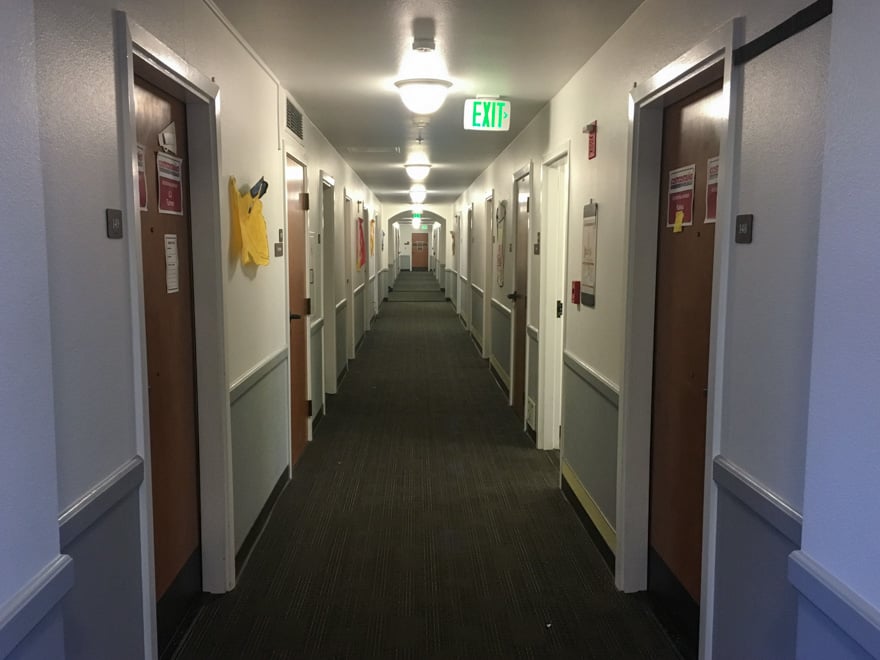This past week, current undergraduate students selected their housing for next year. But “selected” is a bit of a euphemism — in reality, most students were scrambling to find spots, and many did not receive a housing allocation at all.
The disastrous housing draw this year has seen rising seniors ending up in one-room triples and quads, with dozens of rising juniors being left unassigned — meaning that they may not have confirmed housing for months up until move-in. All the while, Stanford has actively reduced both the number and quality of available rooms by slashing availability in EVGR and converting doubles — living spaces intended to fit two people — into triples and quads in Roble and Toyon.
Roommates have been separated and more students than ever are being crammed into smaller spaces, creating dissatisfaction and uncertainty for much of the student body. This situation has led to the creation of Swapford, an unofficial dorm room marketplace where desperate students are buying, selling and trading rooms for thousands of dollars on top of existing room prices. While serving a student need, secondary marketplaces like Swapford can exacerbate inequity where students who need the money will trade for a worse room from a student who has the cash to spend.
Yet amid this mess, Stanford has just announced a proposed 7% increase in room and board fees for the 2024-2025 academic year. This is a 7% increase on top of last year’s 7% increase, and compounded by the 4.25% increase before that. This is a nearly 20% increase from the room and board fees in 2021-2022, outpacing inflation in the same period — and Stanford already owns all of the dorms. Stanford is charging students and their families exorbitantly more for objectively worse living conditions.
Provost Jenny Martinez, upon announcing this budget, said that the University will “make sure that we’re spending the money in the best way possible to address those affordability issues and building some capacity in the long term.” But these increasing fees create and exacerbate affordability issues for current students, who are living on a campus with less capacity, in order to construct buildings that we will never use. If the extra budget is indeed being used to construct more living spaces, that funding should be withdrawn from the $36.5 billion endowment, rather than adding to the financial burden of students who will not benefit from these future improvements.
The rising prices for worsening housing affect all students. Students who earn enough income through part-time jobs or internships must contribute to their Stanford bills, even if they are on substantial financial aid. Additionally, students must pay taxes on the portion of scholarships applied to room and board costs, so when room and board costs go up, so does the tax contribution out of students’ pockets. Many students and families also take out loans to cover the cost of attending Stanford. And no matter how you pay, the declining quality of housing hurts everyone.
Stanford’s student housing is in crisis for the coming year. The very least the University could do is to not make it more expensive. The Board of Trustees should reject the proposed rise in room and board fees while the shortage of quality student housing remains unaddressed.
